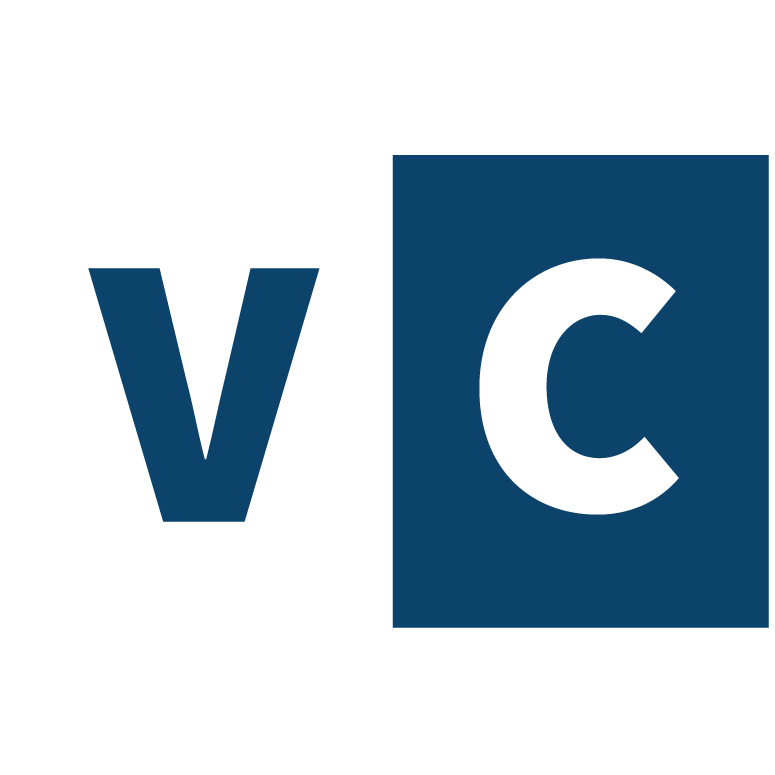152. Laura and Derek Cabrera: Building An Entrepreneurial Business Culture With Systems Thinking

Why do entrepreneurs start businesses in the first place? They have a vision for the future and seek to work with other people to bring it about. Those other people may be colleagues and employees, directors and investors, suppliers, and customers. Organizing this multivalent work is hard. Thinking of your organization as a complex adaptive system yields new understanding and a new approach to organizing that results in improved goal achievement.
Laura and Derek Cabrera of Cabrera Research Lab are dedicated to sharing research findings that enhance the capability of any organization to reach business goals. They join the Economics For Business podcast to do some sharing with the E4B community.
Key Takeaways and Actionable Insights
Systems Thinking resolves the mismatch between the way the real world works and the way firms think it works.
World hunger is a wicked problem, yet there is enough food to feed the world. We don’t have the right mental model to account for all the social, economic, political, motivational, and cultural issues that shape the problem.
In the same vein, systems thinking in business is about building mental models that better align with the real world. Laura and Derek Cabrera provide an introduction in Systems Thinking Made Simple, and they mentioned some of the important changes in thinking that businesses must embrace to enter the new world of possibilities that systems thinking opens up. The first step is to recognize that LAMO thinking is inappropriate for a VUCA world.
The real world is agnostic about human endeavors
| VUCA World | LAMO Thinking |
| The real world is non-linear | but we think in linear ways. |
| yet we tend to look sat things through a human-centered (anthropocentric) lens. | yet we tend to look sat things through a human-centered (anthropocentric) lens. |
| The real world is adaptive and organic | yet we tend to think mechanistically and the metaphors we use reference machines (e.g., a universe like clockwork; mind is a computer). |
| The real world is networked and complex with a sprinkling of randomness | yet we think of things in ordered categories and hierarchies. |
All businesses are complex adaptive systems. We have no choice in the matter. An organization is a living, breathing thing, organic — lots of individuals dynamically making decisions that roll up into the complex system. It’s not a machine.
An implication is that business executives and managers can’t operate on outcomes directly (e.g., via business “planning” or business “strategy”). Outcomes are emergent from the system and can be worked on only indirectly.
The traditional mental model for business organization is flawed.
Laura and Derek capture the traditional mental model for organizational management in the acronym PCCU: Plan, Command, Control, Utilize.
Plan: Businesses create plans for the future, often in great detail, with rigorous discipline, and lots of numbers and projections. But the real world is changing too fast, and outlining detailed steps to reach a goal amidst rapid change introduces biases that can occlude opportunities for rapid and profitable adaptation to change.
Command: Hierarchical organization designs assume a military metaphor of command. Organizations are much more organic in the real world, tempered by social influence, compliance, resistance, and rebellion. Better to think of then organization as a network and a culture.
Control: Management likes to feel like it is in control, but the control paradigm is both unrealistic and unresponsive to organic change.
Utilize: The most detrimental organizational construct is the Human Resources department. Treating people like resources to be utilized is unsustainable. People are independent agents in the system who wish to co-evolve to a place where their individual goals and those of the organization are well-aligned.
The mental model for how complex adaptive systems work is Simple Rules.
The great insight from complex adaptive systems thinking is that organizational behavior isn’t directed by leaders, but driven by followers. What are they following? Simple rules.
We can think of an organization as a superorganism. It self-organizes by following simple rules that guide the actions of individual agents in variable contexts. Autonomous agents follow simple rules based on what’s happening locally (that is, around them), the collective dynamics of which lead to the emergence of the complex, system-level behavior we observe: adaptiveness and robustness.
The simple rules for successful adaptive organizations are summed up as V-M-C-L.
Vision: A seeing thing. Something we all see in the future, where we are headed. Not a tagline, not a statement on a website, not a corporate word salad. A vision is a shared mental model that everyone in the organization can see and articulate and align with. It’s in their hearts and minds. It gets employees excited and connected.
Mission: A doing thing. A mission is something that you do repeatedly over and over again to bring about the vision. It directs the work in the organization, with clarity about who does what. It’s clear, concise, easily understood and measurable.
Capacity: The organization must have the capacity to do the mission: the energy, the resources, the skills. Capacity is a system of systems all connected and working together, focused on, and directed towards doing the mission.
Learning: Learning is critical to expand capacity, reinforce mission and refine vision. It is the adaptive function. Organizations must love learning – seeking unvarnished feedback from the outside world as input into making the changes that are needed for improvement. This means loving reality and being brutally honest about the current state. Learning means improving mental models, and embracing the possibility that your current model is wrong.
In their book Flock Not Clock (see Mises.org/E4B_152_Book), where there is a detailed exposition and explanation of V-M-C-L, Laura and Derek cite the example of the app My Fitness Pal.
Vision: Healthy living is the new normal
Mission: Facilitate and motivate healthy behavior choices
Capacity: Build mission-critical systems: design, engineering, R&D, sales, and marketing, etc.
Learning: Feedback on whether living healthy is getting easier, whether more people are making healthy choices, whether more people are feeling joyful and powerful as a result.
Think of the elements of V-M-C-L as a pyramid you can construct from first principles: Thinking drives Learning, which drives Capacity, which drives Mission, which brings about Vision.
The emergent result of V-M-C-L is culture.
Laura and Derek talk about training people to think in order to be able to learn. The first step is often unlearning the misleading mental models we’ve been taught to believe. When people start to think about mental models, they can recognize their own and those of others, and make comparisons, make changes, and find common ground.
If your mental model about your current situation is real — “brutally honest,” as Derek put it — then the chance of changing that situation for the better is good. You’ll be able to identify a path out.
Culture can be built around the simple rules of vision, mission, capacity, and learning, by purposely constructing the four mental models of V-M-C-L. There is enormous organizational and economic power in the new understanding of complex adaptive systems and how they work in getting a group of disparate people to work together towards a goal as if they are a single unified organism.
Additional Resources
Sign up for Laura and Derek’s Vision-Mission Bootcamp: Go.CabreraResearch.org/VMBootcamp
Visit Cabrera Research Lab online at CabreraResearch.org and on LinkedIn (Mises.org/E4B_152_LinkedIn).
“20-Point V-M-C-L Checklist” (PDF): Mises.org/E4B_152_PDF1
“Constructing the VMCL System” (PDF): Mises.org/E4B_152_PDF2
Flock Not Clock: Align People, Processes and Systems to Achieve Your Vision by Derek and Laura Cabrera: Mises.org/E4B_152_Book


Responses